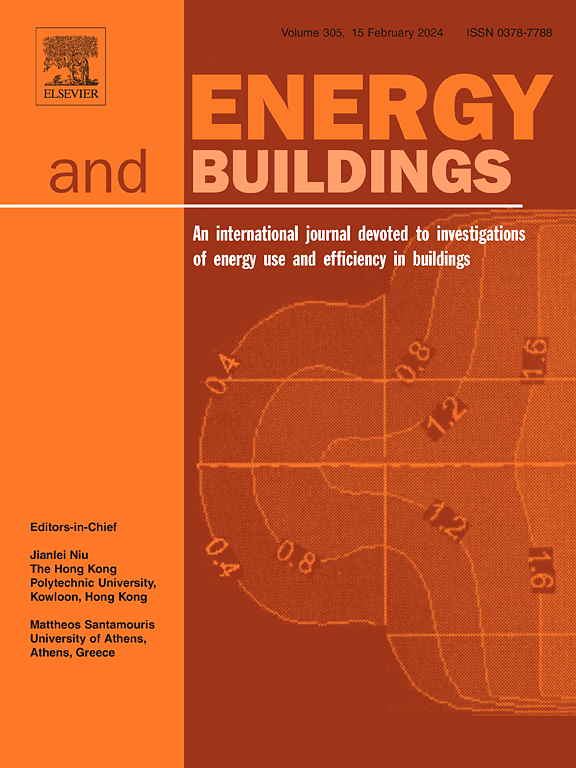User-friendly AI-driven automation for rapid building energy model generation
IF 7.1
2区 工程技术
Q1 CONSTRUCTION & BUILDING TECHNOLOGY
引用次数: 0
Abstract
With the ever-increasing energy efficiency and decarbonization targets mandated by building energy codes, the frequent use of building energy models (BEMs) has become essential. These models must iterate in parallel with the design development process, analyzing various variables to inform decisions and achieve optimal results and meet project goals. However, the complexity, expertise, and time-intensive nature of traditional BEMs often fail to match the fast pace of design development, which is often supercharged by computational design tools and value engineering. This study proposes an innovative framework that leverages artificial intelligence (AI) to automate EnergyPlus and Radiance energy and daylight modeling tasks, seamlessly integrating them with existing parametric design workflows. This integration enables rapid iteration without incurring time penalties. The framework introduces precise preconditioning of an affordable general use pre-trained large language model (LLM) to translate natural language descriptions or images (text-to-text and image-to-text) of buildings into corresponding model parameters—such as geometry, function, loads, and materials, etc.—leveraging ASHRAE 90.1/ IECC libraries. These models are then processed using the Honeybee/Ladybug open-source tools. The framework’s robustness is validated through a series of tests involving various prompts and images, achieving a 100% convergence rate. It reduces the time spent by expert energy modelers and helps address key challenges in AI integration, such as data quality, interpretability, code compliance, and scalability by realizing rapid batch processing and urban-scale building energy modeling.

用户友好的人工智能驱动的自动化快速建筑能源模型生成
随着建筑能源法规要求的能源效率和脱碳目标的不断提高,建筑能源模型(bem)的频繁使用变得必不可少。这些模型必须与设计开发过程并行迭代,分析各种变量以告知决策并实现最佳结果并满足项目目标。然而,传统bem的复杂性、专业知识和时间密集性往往无法与设计开发的快速步伐相匹配,这通常是由计算设计工具和价值工程所推动的。本研究提出了一个创新的框架,利用人工智能(AI)自动化EnergyPlus和Radiance能源和日光建模任务,并将其与现有的参数化设计工作流程无缝集成。这种集成支持快速迭代,而不会产生时间损失。该框架引入了可负担得起的通用预训练大型语言模型(LLM)的精确预处理,以利用ASHRAE 90.1/ IECC库,将建筑物的自然语言描述或图像(文本到文本和图像到文本)翻译为相应的模型参数,如几何形状、功能、负载和材料等。然后使用蜜蜂/瓢虫开源工具处理这些模型。通过一系列涉及各种提示和图像的测试,验证了该框架的鲁棒性,实现了100%的收敛率。它减少了专家能源建模所花费的时间,并通过实现快速批处理和城市规模的建筑能源建模,帮助解决人工智能集成中的关键挑战,例如数据质量、可解释性、代码合规性和可扩展性。
本文章由计算机程序翻译,如有差异,请以英文原文为准。
求助全文
约1分钟内获得全文
求助全文
来源期刊

Energy and Buildings
工程技术-工程:土木
CiteScore
12.70
自引率
11.90%
发文量
863
审稿时长
38 days
期刊介绍:
An international journal devoted to investigations of energy use and efficiency in buildings
Energy and Buildings is an international journal publishing articles with explicit links to energy use in buildings. The aim is to present new research results, and new proven practice aimed at reducing the energy needs of a building and improving indoor environment quality.
 求助内容:
求助内容: 应助结果提醒方式:
应助结果提醒方式:


